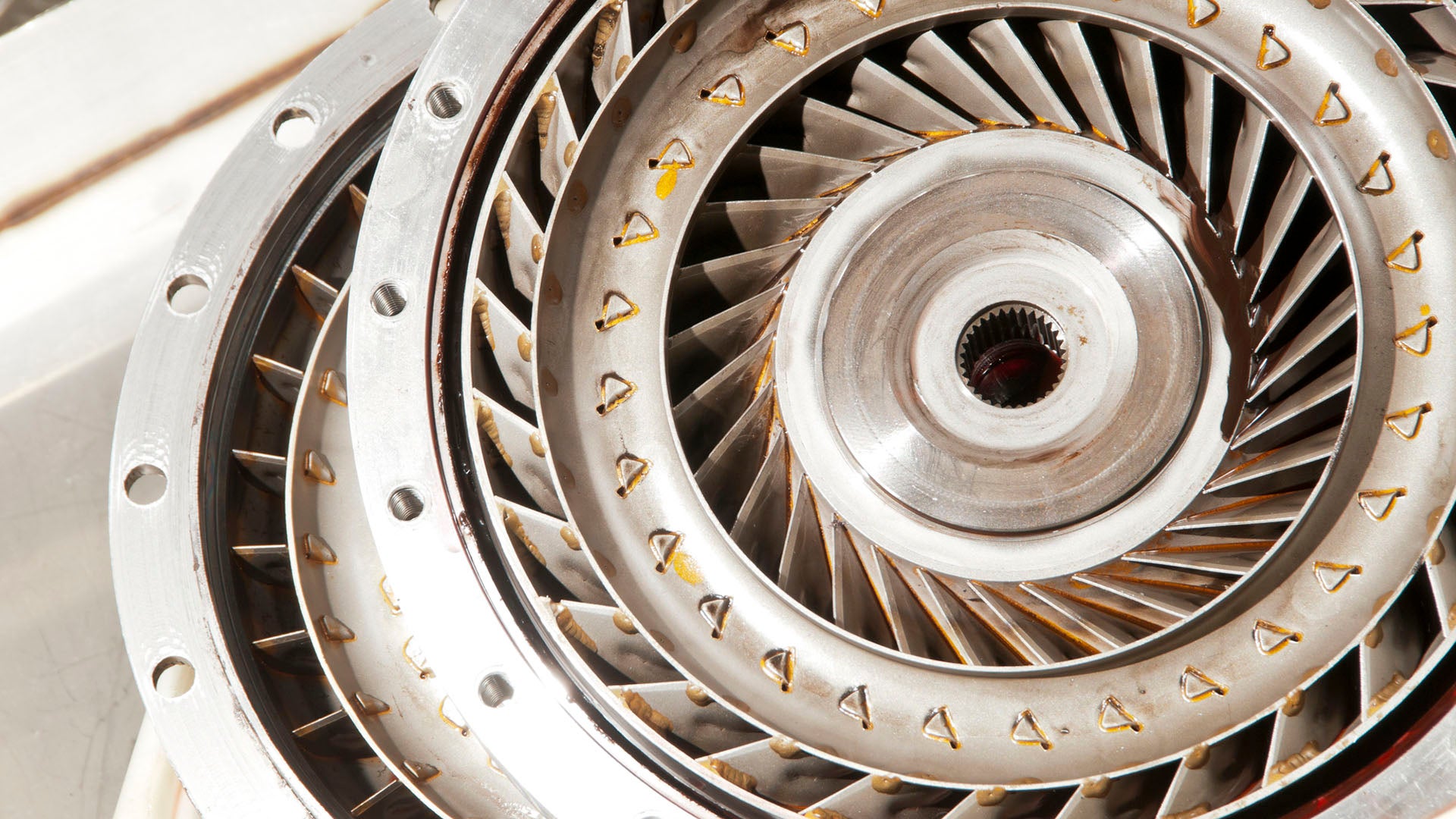If you’re a car lover, the concept of “torque converter” is probably not new to you. In the world of automobile engineering, torque converters play a significant role, particularly within automatic transmission systems. These amazing mechanical devices are responsible to ensure the smooth operation of your vehicle, facilitating the transmission of power, ultimately aiding in a smooth and enjoyable driving experience. In this article, we’ll delve into the intricate world of torque converters by delving into their workings, and shed an understanding of their vital contribution to the auto industry.
Torque Converters – What you must be aware of
A torque converter is in essence an automatic fluid coupling transmissions. Its main function is to transmit power from the engine to the transmission which in turn propels the wheel. This system runs smoothly inside the automatic gearbox and bridges the gap between wheel movement and the engine’s power.

Components that are at Play The torque converter is an advanced system that consists of three crucial components: the impeller the turbine and the stator. They work in tandem to enable the conversion of torque and power.
Mechanism is breaking down
The mechanics that go into the operation of a torque convertor are extremely complex and intricate, with intricate interactions that create a reliable power transmission
Impeller Initiation: When an engine starts, the impeller is spun. The impeller is basically a fan-shaped device that is used to move fluids in the converter. The impeller creates a fluid flow that hits the turbine blades as it rotates.
Turbine Response The turbine, attached to the transmission’s input shaft is activated through the impeller’s impact on the fluid. The impeller moves the fluid, which in turn activates the turbine. It runs at a velocity that is similar to the speed of the impeller. This creates kinetic power, and the energy required to power transmission.
The Stator’s role in increasing efficiency
One of the most important components in the torque converter is the stator. The stator, which is located between the impeller (or turbine) and the impeller plays an important role in improving the effectiveness of the power transfer.
Fluid Redirecting Mechanism – The stator performs by redirecting the flow of fluid between the impellers and turbines. This redirection plays a vital role in optimizing the torque output as well as ensuring a seamless transfer of power. Stators contribute to efficient and balanced operations by managing the flow path. For more information, click whats a torque converter
Torque Converters: What are they and how do they work?
When it comes to the driving experience the operation of the torque converter is of great importance.
1. Smooth Transitions: The design and mechanics of a torque converter play a role in the smooth transition of gears in automatic transmissions. The fluid coupling nature of torque converters eliminates the need to engage the clutch manually, which results in seamless gear shifts and without disrupting the power flow.
2. Torque converters are also able to stop engine stalls. The fluid coupling can let to let the engine run even if the vehicle has stopped. The fluid coupling makes sure that the engine is running at a constant speed and does not require the driver to manually engage the clutch in the event that the vehicle slows down.
3. Efficiency and Power Delivery By optimizing the power transfer and output the torque converters help to provide efficient power delivery. This improves overall driving experience by providing the power required when needed whether it is for acceleration or driving.
Conclusion: Torque converters, as mechanical parts, form the foundation of automatic transmissions. The fluid coupling mechanism, supported by the impeller, turbine, and stators, ensures the smooth transfer of power from the engine onto the transmission and ultimately onto the wheels. This power transmission makes sure that there are no jerks in gear changes and prevents stalling, idling and other difficulties with driving.
For both engineers and automotive enthusiasts alike, understanding the role of torque converters is paramount. They are a symbol of the union of fluid dynamics and engineering which guarantees that every drive is efficient and smooth. Torque converters form an integral element of the automotive industry, and will continue to be so as long as the technology evolves. They serve to demonstrate the interplay between mechanics, the functionality of the device, and engineering.